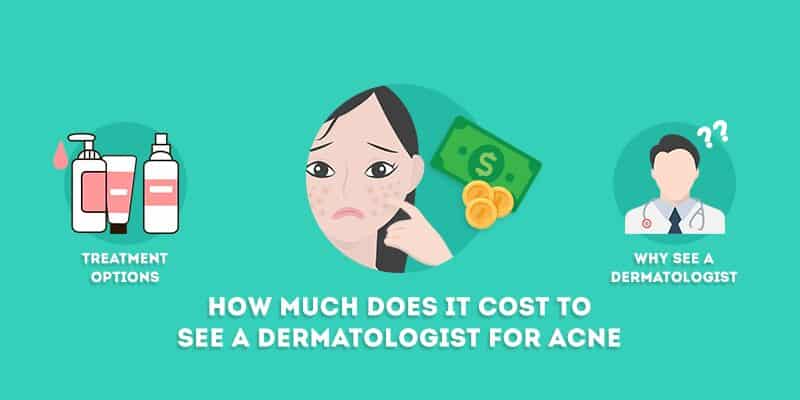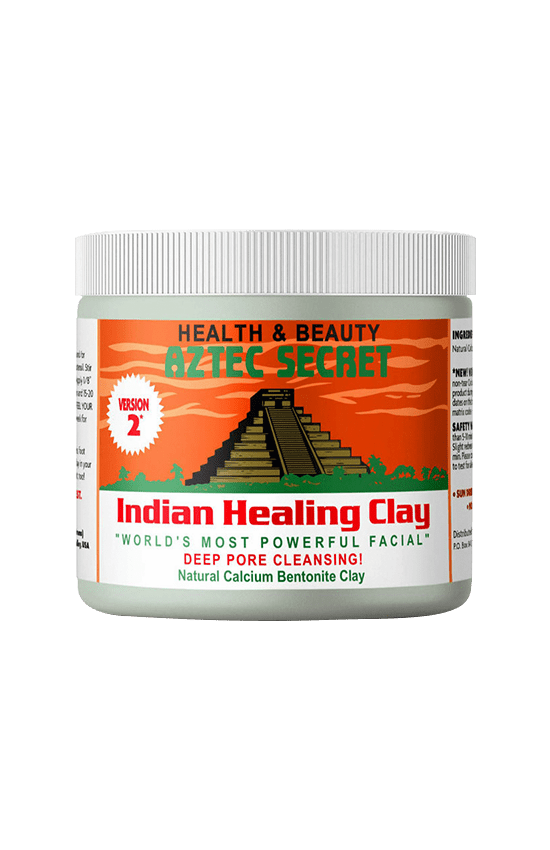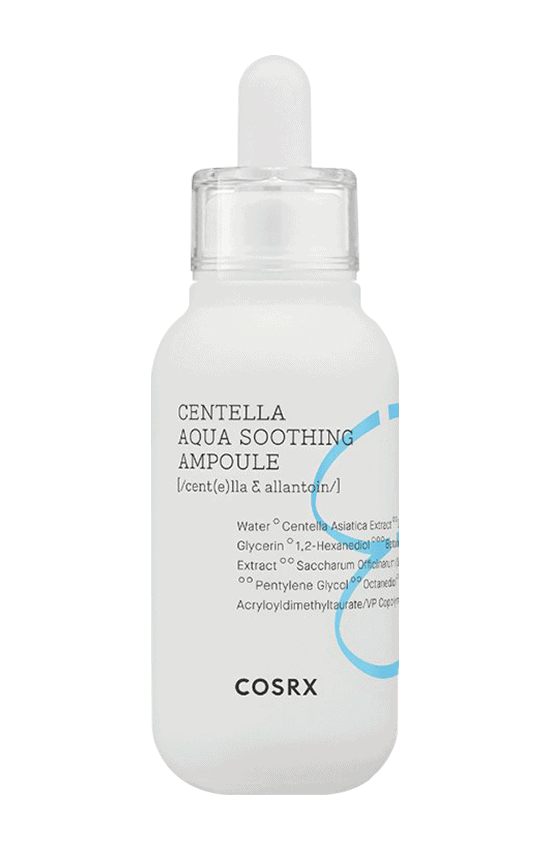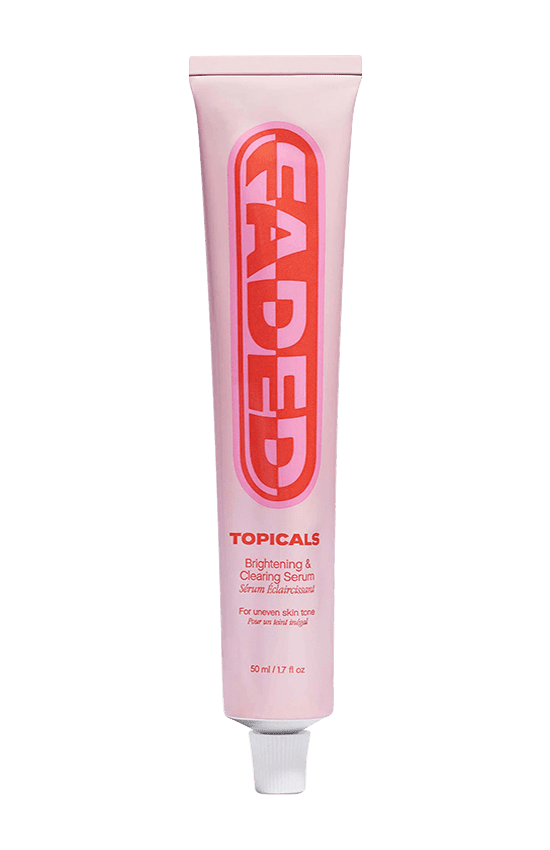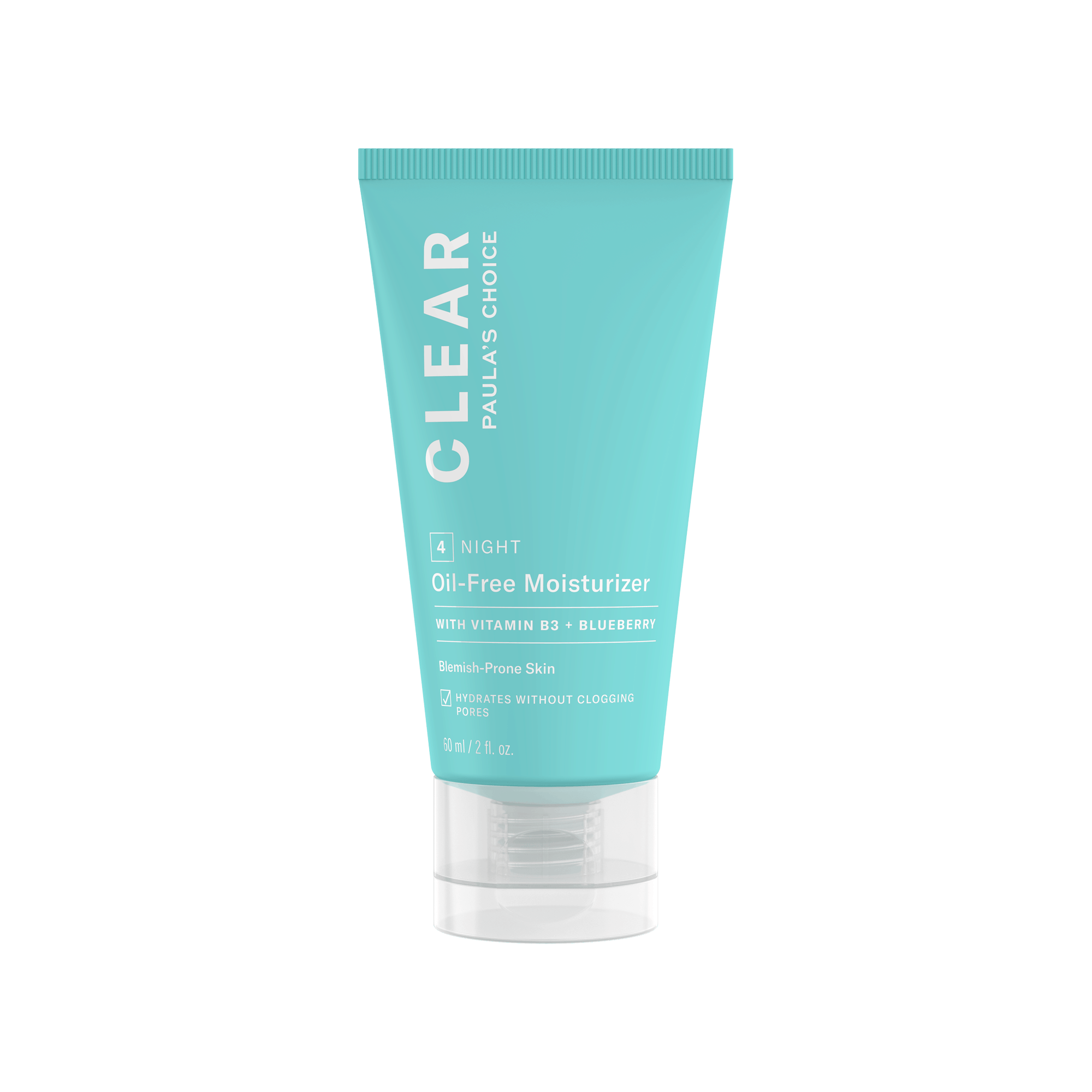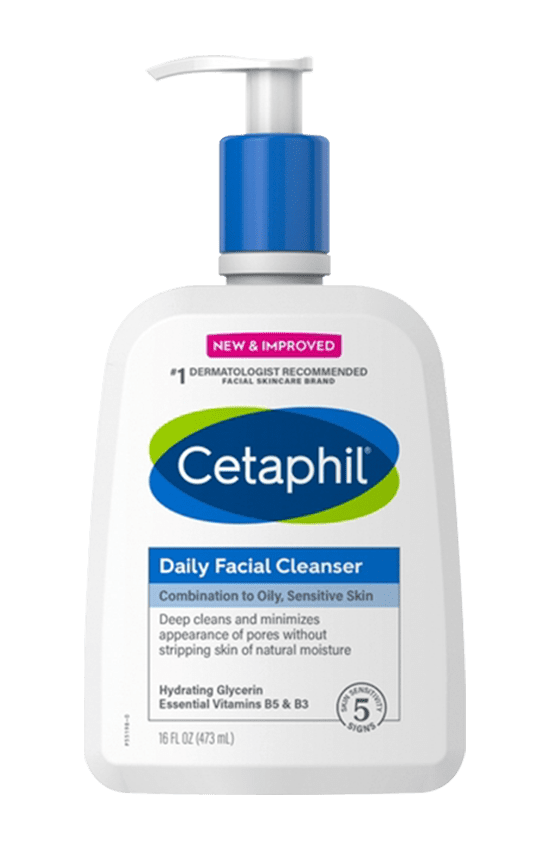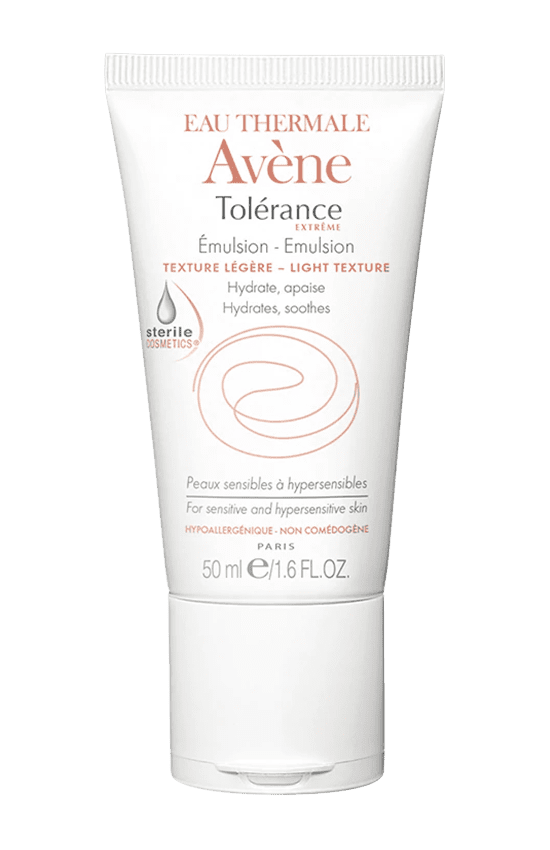Dealing with acne can become increasingly frustrating if you are not seeing results. Consulting with a trained dermatologist can help you to get to the root of the problem and get the results that you desire. Read to learn how much it cost to see a dermatologist for acne, and what you can expect from each treatment.
Why See a Dermatologist?
A dermatologist is a medical practitioner qualified to diagnose and treat skin disorders. Well-equipped to diagnosis, treat and evaluate your problems, a dermatologist will have the answer for your needs. This is especially true if you suffer from severe acne.
What Can Dermatologists Do for Acne?
There are many treatment options available from dermatologists. Each treatment option has a different procedure and a cost. It is important to remember that everyone's skin is different, and what works for some may not work for you. Additionally, most treatments require multiple sessions, so the total cost may be more. For more information, ask your dermatologist about realistic expectations and for a total cost.
1. Topical Retinoids
As a derivative of vitamin A, topical retinoids are one of the most widely recognized forms of acne treatment. Retin-A is the most commonly prescribed topical retinoid. In addition tofighting acne acne, topical retinoids can also reduce the appearance of fine lines and wrinkles. Additionally, they can also help overall skin texture.
Cost: Most Retin-A treatments cost between $25-325, with the average coming in at $125. Be sure to check with your insurance coverage, as many policies will cover this treatment.
2. Steroid Injections
Steroid injections are administered in a doctor's office with the goal of reducing inflammatory acne cysts. Although the medical term is intralesional corticosteroid injection, the treatment is most commonly referred to as a steroid or cortisone shot. During the procedure, a small needle injects a dilute corticosteroid into the center of the blemish to heal it. These injections are useful if you are experiencing a large and painful pimple that will not heal or if your blemishes are starting to swell.
Cost: The average cost of one treatment is approximately $125.
3. Chemical Peels
A chemical peel works by applying a solution to the top of damaged skin in an effort to pull away the old skin cells so that fresher and unblemished skin is revealed. Chemical peels can be administered in a variety of strengths, making this treatment a good choice for those looking for a personalized protocol. The most superficial peels generally use glycolic acid while the stronger peels are phenol-based. Many providers will offer packages at a discount. Costs are largely dependent on the area of the country in which you live.
Cost: The costs of peels vary widely based on the degree of strength, but the average cost is about $400.
4. Blue Light Therapy
Blue light therapy works by killing the bacteria on the skin that leads to acne vulgaris. The non-invasive procedure uses a series of lights in the blue wavelength range to clear up mild to moderate acne. These therapies are done in a series over a period of about four weeks. Lastly, blue light therapy can be done in conjunction with most other standard acne treatments.
Cost: Each individual session costs about $40-60.
5. Drainage and Extraction
While it is tempting to try to pop a pimple yourself, this is a job that is best left to the professionals. Medical drainage and extractions are done by a professional using sterile tools specifically designed for this process. This procedure is most effective when attempting to treat blackheads or whiteheads. In addition, extraction works to clear pores of debris, and help prevent future breakouts.
Cost: The average cost of a session is approximately $150-200.
Over the Counter Alternatives
There are many great over the counter alternatives for those that cannot afford to see a dermatologist for acne.
1. Regular Cleansing
The best line of defense against acne breakouts is an effective cleansing routine. Washing your face twice daily will prevent the buildup of dead skin cells, dirt, oil, and other harmful environmental impurities. Additionally, drugstore facial cleansers are just as effective as their expensive counterparts.
2. Exfoliating
Proper exfoliation will slough away dead skin cells to reveal a fresher and brighter skin tone. When selecting an exfoliation product, be sure to choose one with the active ingredient of salicylic acid. This beta hydroxy acid (BHA) will help to control blemishes while also delivering critical hydration and anti-aging benefits.
3. Benzoyl Peroxide
Benzoyl peroxide has been used for decades and is still one of the most popular acne treatments available. This ingredient is available both over the counter and in stronger prescription strengths.
4. Curology
Curology is a unique product that uses prescription-only ingredients to deliver a treatment option customized to your exact skin specifications. Your individually customized treatment will include three active ingredients combined to deliver what your skin specifically needs to look its best. Whether that be acne control, relief for clogged pores, dark spot treatment, or the minimization of fine lines and wrinkles, Curology has the customized protocol that you need.
FAQ:
How long does it take for a dermatologist to cure acne?
According to the American Academy of Dermatology, you should give an acne treatment at least 4 weeks to work. Using a new acne product every few days may seem useful, but it can actually worsen acne. In short, acne treatment needs time to work. And using a different product every few days can also irritate your skin, causing new breakouts.
Do you have to see a dermatologist for acne?
It is not necessary to see a dermatologist for acne. However, consulting with a professional is a good idea if you have exhausted all of the over the counter options without noticeable results.
How can I find a dermatologist near me?
Searching sites such as Yelp, Google Maps, and RealSelf will help you to come up with a list of possible practitioners. After reading their reviews, choose the one that you feel most comfortable about. Be sure to ask plenty of questions when first meeting the dermatologist so that you can make sure that it is the right for you and your personal skin care needs.
What should you ask your dermatologist?
- The primary thing to know is possible outcomes and how long it should be before you see noticeable improvement based on the treatment protocol. This will help you to gauge how much the treatment is working.
- You should arrive at your first consultation prepared to tell the dermatologist about your current skin care routine, including the products that you are using. The trained professional can then tell you if the products that you are currently using are making the acne worse.
- Bringing before and after pictures with you will help the dermatologist to most correctly ascertain what treatments have brought you the most success.
- Ask the dermatologist if there are any habits that you can break that will improve the acne breakouts. Examples of outside influences include drinking, smoking, and weight issues.
- Be sure to ask how much money the treatments will cost and what the approximate success rates are so that you can determine what are the best options for your specific case of acne.
